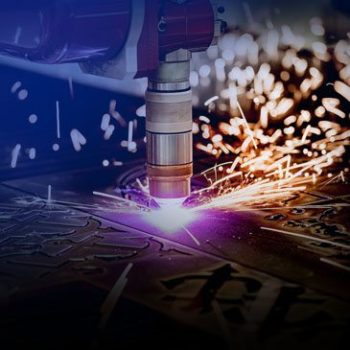In today’s highly competitive global markets, lean manufacturing is no longer a nice-to-have – it’s a way of life. You either reduce costs, simplify operations, and improve productivity on a continual basis, or you lose business to competitors that do.
Lean manufacturing starts with having an integrated ERP system to manage the business from quote to cash. The best ERP systems are flexible and customizable enabling you to use third-party software integrations to support lean manufacturing efforts.
These third-party nesting software integrations automatically and efficiently arranges individual part shapes on sheets or plates of stock material in a way that produces the least amount of waste. However, it has one major limitation – it can’t talk to your ERP system. Luckily, there’s a way around this – using a nesting interface that resides in your ERP software to automate the process.
We’ve come up with 5 reasons why your ERP software should provide a nesting interface.
Let’s start with reason #1: tighter inventory control.
Nesting software can optimize your material usage and reduce scrap, but it can’t determine how much material you have in inventory and how much of it is available for any given job. With an ERP nesting interface you can do both.
Your ERP inventory management application tells the nesting software exactly what you have in inventory, down to the exact size and shape. Your nesting software can then identify the best piece to cut that will produce the least amount of scrap.
Upon completion of the cutting process, the nesting software communicates the material drops that need to go back in inventory or can be utilized for upcoming work orders. The result is a seamless exchange of data between the two programs that keeps your inventory figures up to date while ensuring the most efficient use of materials.
Read about all 5 reasons why your ERP software should provide a nesting interface in our whitepaper today.


 USA
USA
 United States
United States Indonesia
Indonesia Mexico
Mexico Australia
Australia United Kingdom
United Kingdom New Zealand
New Zealand Singapore
Singapore